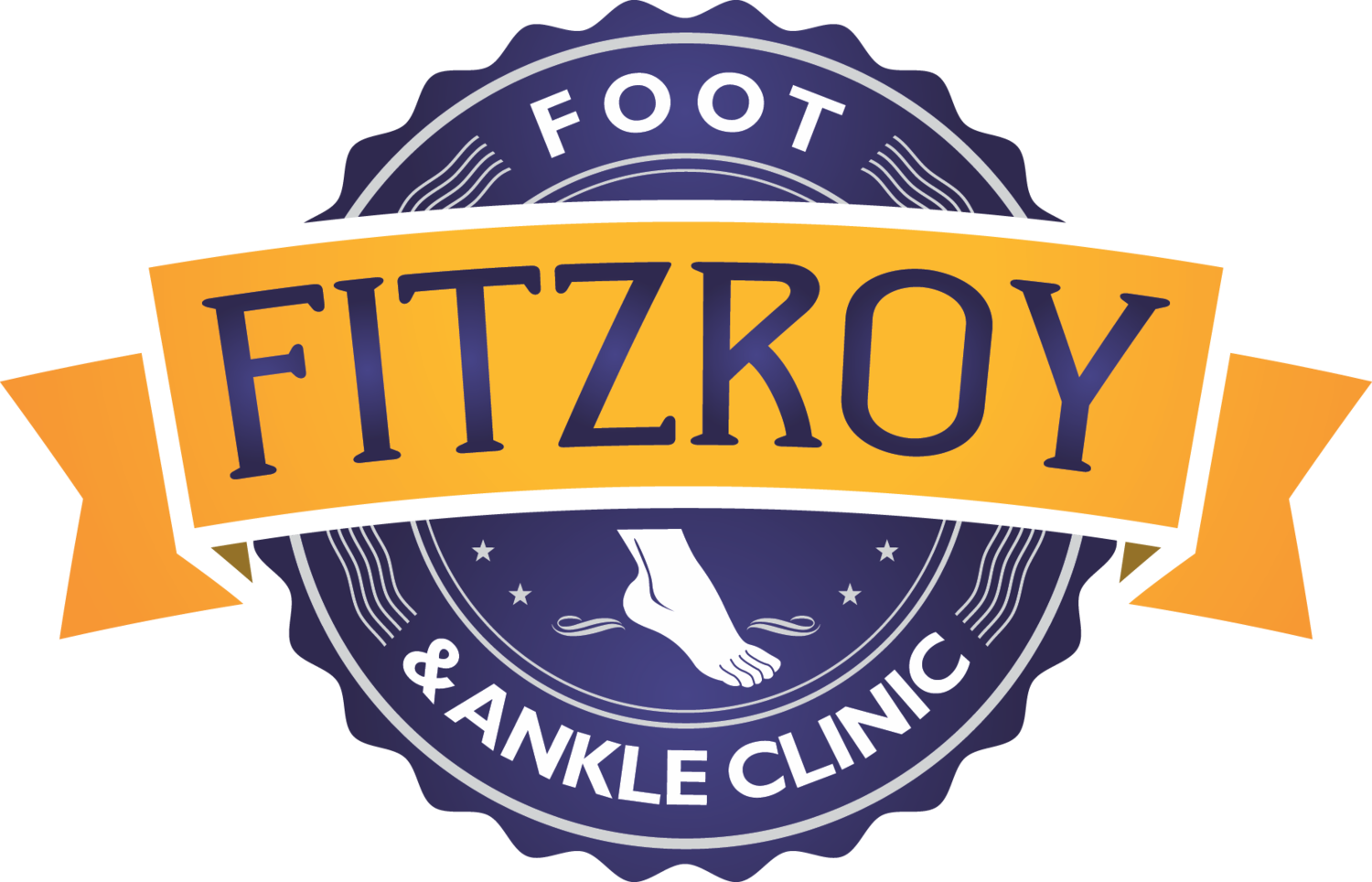What is Callus?
Callus, or hyperkeratosis as it’s known medically, refers to the thickening of skin anywhere in the body, usually in response to pressure.
But we’re podiatrists, so let’s focus on the callus that we get on our amazing feet.
Thickening of the outer layer of skin is often part of the skin’s normal protection against rubbing, pressure and other forms of local irritation. This outer layer contains a tough, protective protein called keratin (hence, hyper meaning more, keratosis meaning the production of keratin). When rubbing, pressure or irritation occurs to an area of skin, the body responds by producing more keratin. So our body makes thicker skin to protect the important bits we have underneath, such as joints and muscles.
Callus usually occurs in weight bearing areas i.e. sites on the foot that make contact with the ground as we walk or run) or non-weightbearing areas that are exposed to increased pressure from footwear. Callus may not cause too many problems, however an excessive build up of callus can cause pain or discomfort and have an impact on function, such as walking or running.
What are corns?
Not this type of corn
Corns, or heloma durum as it’s known medically, follow the same process as callus. The key difference is that the pressure is focused in a certain part of the foot. The result of this focused pressure is skin that is very dense in the area that is subject to the pressure. This is similar to a tiny rock being stuck in your skin.
Corns are painful because this tiny rock pushes on the tissue beneath the corn. If left untreated over a long period, corns can result in ulcers (wounds) beneath the corn and corns that have been present for many years can cause fibrosis, or the creation of a different type of skin tissue that is less flexible.
Treatment
Like most things, prevention is the best medicine. And in the case of callus and corns, that saying certainly holds true. One of the most important treatment strategies is to reduce the pressure that is the cause of the callus or corn. The podiatrists at Fitzroy Foot and Ankle Clinic have tonnes of experience giving advice about reducing this pressure.
Some other important treatment options are outlined below. For some patients, more regular visits will be required and this can be discussed with your podiatrist.
Debridement
Debridement is the process of removing callus or corns with a scalpel. Having callus and corns removed by a podiatrist is simple and pain-free. Most of the time, there is no break in skin so the patient cannot feel the callus or corn being debrided (it’s like having your nails or hair cut). The podiatrists at Fitzroy Foot and Ankle Clinic are equipped with a variety of medical grade, sterilised instruments which allow them to safely and effectively remove the callus and/or corns.
Creams
Using creams such as moisturizer can help to soften and slow the build-up of skin. Unfortunately not all creams are good for your feet, so a discussion with your podiatrist about the best moisturiser is a good idea. Apart from simple moisturisers, there are creams with other ingredients that your podiatrist can suggest.
Footwear and foot orthotics
Your podiatrist will work with you to implement simple offloading strategies or devices to help reduce the amount of callus or corns that build-up. This may be as simple as footwear advice or as complex as custom made orthotics with padding to reduce pressure. Orthotics may not be an initial treatment option but for some people they can be beneficial.




